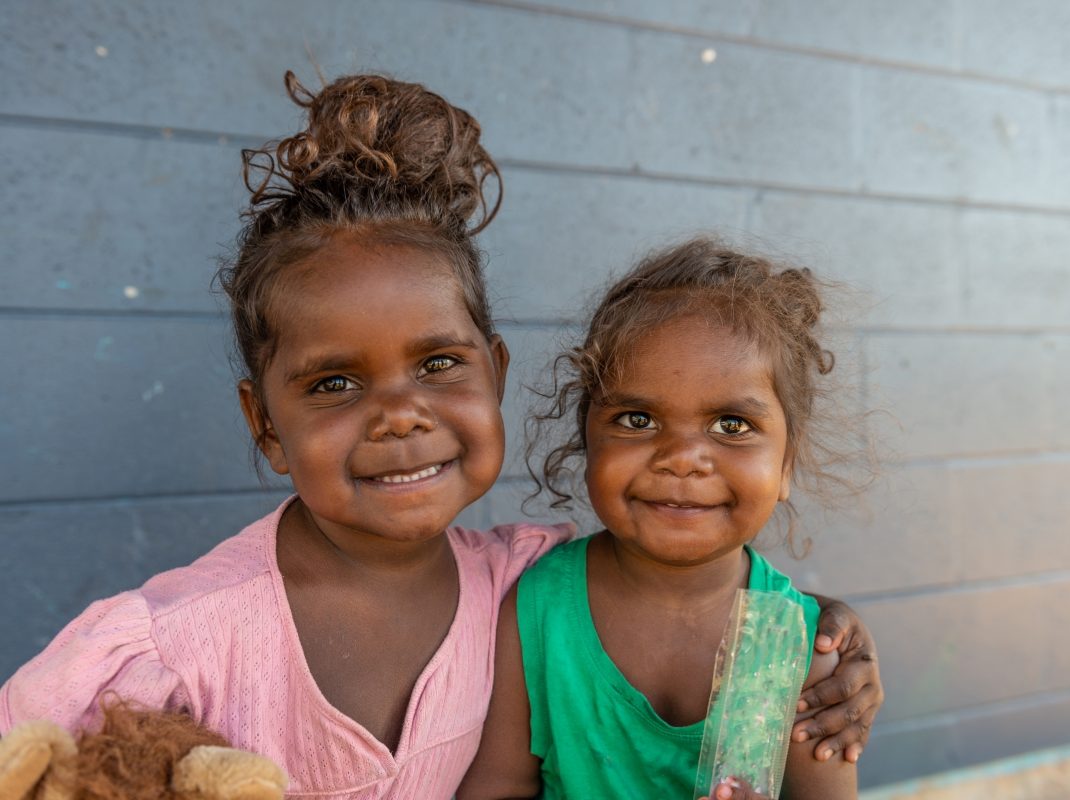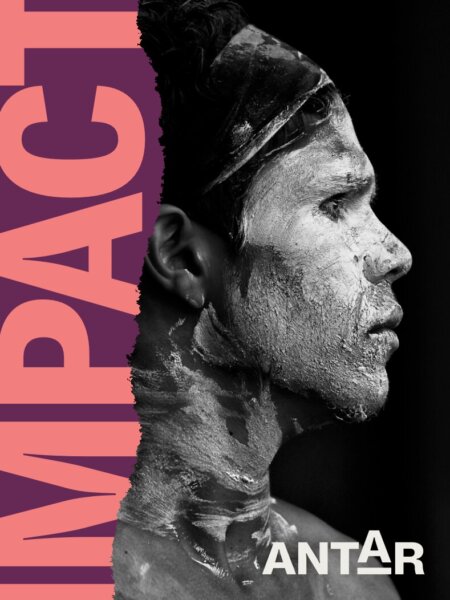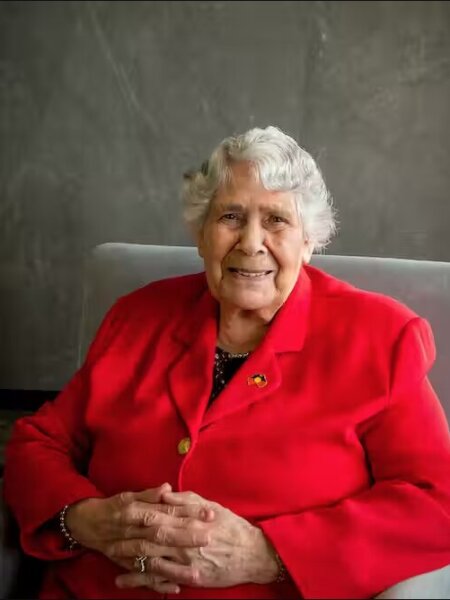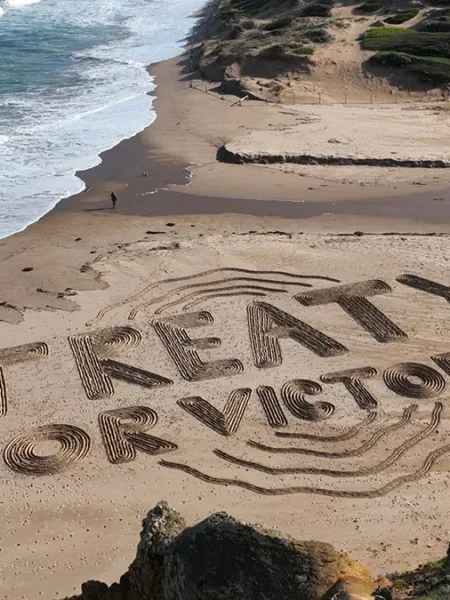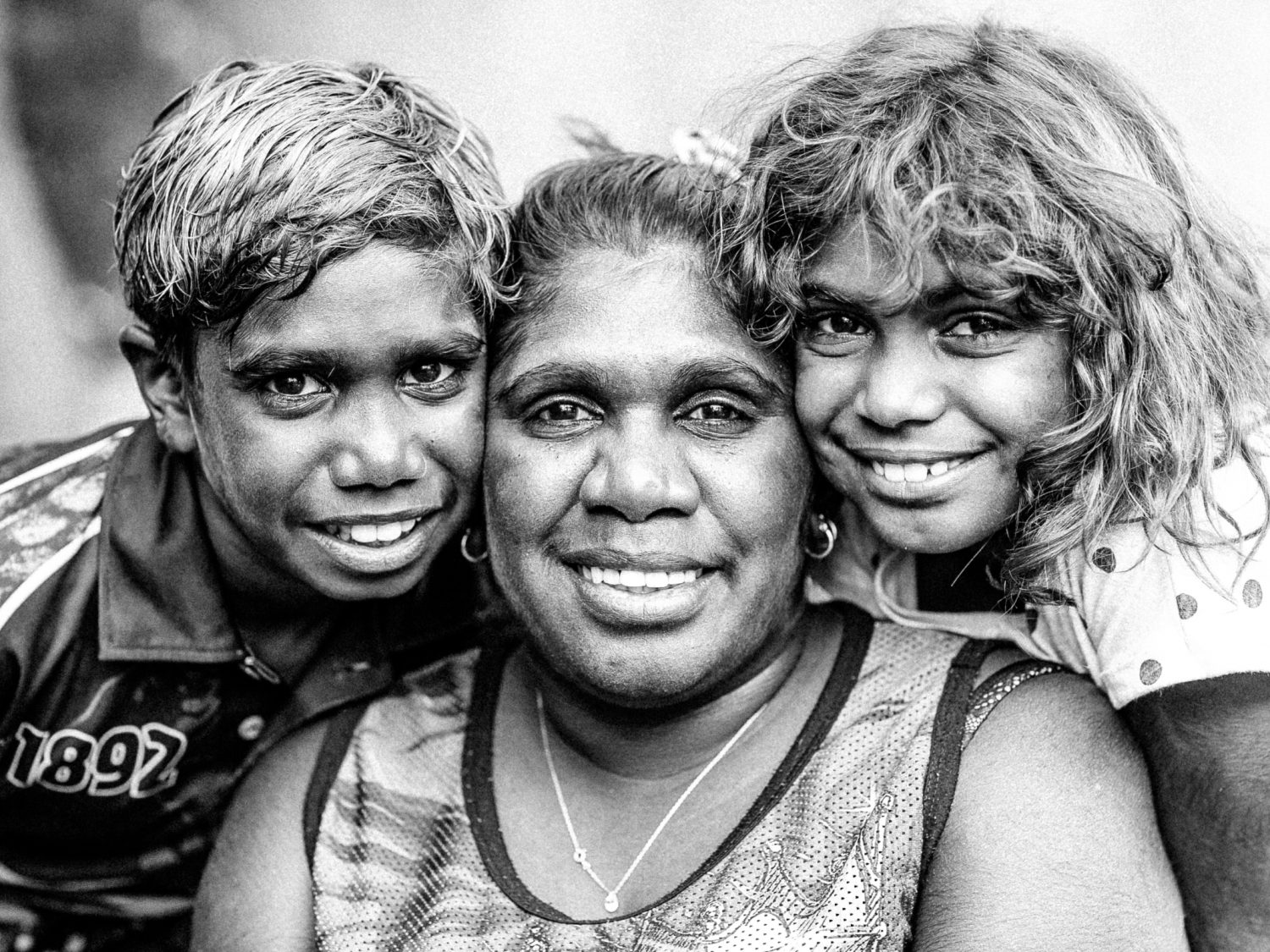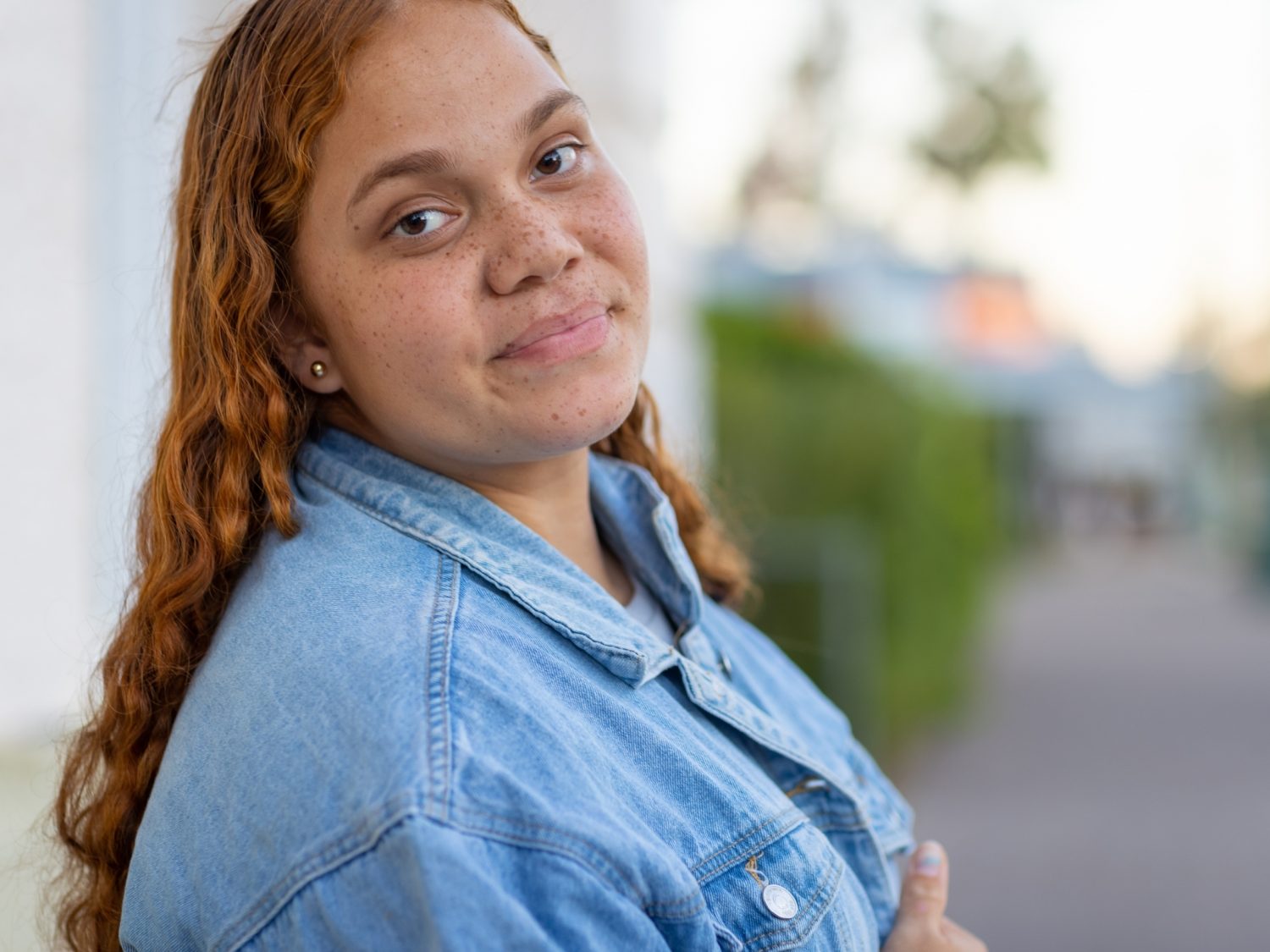CLOSE THE GAP
CAMPAIGN REPORT
2024
We are over 65,000 years proud and Deadly and we are unbreakable with a rich, diverse culture. We want to share our ancient cultures with the rest of Australia. We are resilient, determined, and fearless people – and we will not take a backward step.
Jill Gallagher, Gunditjmara woman, CEO of Victorian Aboriginal Community Controlled Health Organisation (VACCHO)
The 2024 Close the Gap Campaign Report “Voyage to Voice, Treaty, Truth and Beyond” documents, through 9 case studies, the profiles of First Nations visionaries, teachers, advocates and entrepreneurs who are working in their communities to centre First Nations leadership, culture and learning. By centering and celebrating Blak excellence, the strengths-based report demonstrates how First Nations peoples are claiming their inherent right to self-determination and, in doing so, providing tangible evidence of how to close the gap.
The three themes of this year’s report are:
- Progressing Voice, Treaty, and Truth;
- Leadership and Governance; and
- Building our Economies.
They show what is possible when we have autonomy, when we exercise our inherent right to be self determining, when we listen to those voices in our communities calling for change.
CoChair and Social Justice Commissioner June Oscar
Sovereign
self-determination
This year’s special contribution by Professor Daryle Rigney, a citizen of the Ngarrindjeri Nation, and Director and Professor of the Indigenous Nations and Collaborative Futures Hub within the Jumbunna Institute, is a powerful tribute to and exploration of what is possible when First Nations communities exercise sovereign self-government, supporting the collective exercise of self-determination.
On sovereignty, Rigney writes:
“It is more than political autonomy or territorial governance – it is the profound and innate right of Indigenous peoples to determine our path, to uphold our laws, cultural heritage, and to maintain our connection to Country. Sovereignty is about re-establishing the cultural, social, and economic fabrics that have been strained but not severed by colonisation.”
The particular power of this exercise of sovereignty is that it does not depend on the willingness or benevolence of the settler state, nor on the 97% of non-Indigenous Australia. Instead, it is about rebuilding and empowering First Nations political collectives to strengthen their self-governance capabilities and economies for the purpose of sovereign self-rule.
This shifts the power away from the settler state and toward First Nations who can then act strategically to achieve the goals each nation has set for itself, as well as hold settler colonial governments to account for their ongoing refusal or inability to address the structural barriers standing in the way of closing the gap.
Highlights
Below are some highlights from the case studies in this year’s report:
Theme 1: Progressing Voice, Treaty, Truth
Case study: South Australian First Nations Voice to Parliament
In March 2023, despite the failure of the national Voice referendum, South Australia became the first Australian state to pass legislation to establish a First Nations Voice to its Parliament. The SA Voice is expected to hold its first meetings later this year. Much work was done across the State to shape the model of the Voice and its enabling legislation to respect and reflect First Nations ways of thinking, doing, and working.
Our community members are feeling the responsibility of representing their communities, of being authentic and strong in what they will deliver to Parliament, and of demonstrating to South Australia and the nation that allowing Aboriginal and Torres Strait Islander communities to speak on their affairs is a good thing and something that can only enhance our political system.
Dale Agius, Commissioner for First Nations Voice, South Australia
Theme 2: Leadership and Governance
Case study: Ambassador for First Nations People
In April 2023, Justin Mohamed – a Gooreng Gooreng man from Bundaberg Queensland – was appointed as Australia’s inaugural Ambassador for First Nations People. His is not only the first such appointment in Australia, it is a world first.
What we know is we want to be able to see First Nations perspectives and knowledges reflected and embedded in Australia’s foreign policy, and currently this is not the case. So this is our starting point.
Justin Mohamed
His role marks a significant shift, offering foreign policy that not only represents Aboriginal and Torres Strait Islander interests but also implements and values First Nations knowledges and expertise to strengthen and better represent the interests and aspirations of all Australians.
Theme 3: Building our Economies
Case study: Clothing the Gaps
Clothing The Gaps was launched in Naarm/Melbourne in 2019 with the goal to provide ‘merch with a message’ in order to fund health promotion work in First Nations communities in Victoria.
The co-owners have applied a health promotion lens to the business: strengths-based messaging, building a community of people, peer-to-peer support, agency, and action. For them, T-shirts are not ‘just a T-shirt’ but walking billboards for social change. Sales are not just numbers and profits but a connection to community, conversations, and campaigns, as well as to ethical products and a safe Blak workplace.
The business now employs 43 staff on contracts or as casuals, more than 90 per cent of whom are Aboriginal and Torres Strait Islander people. Clothing The Gaps also generates about 25,000 hours of First Nations youth employment each year, providing a safe Blak space for young people to develop skills and gain exposure to retail, marking and wholesale distribution industries.
Everything we do, we do with Mob in our hearts. That’s really reflected in how we make our decisions and the way we do work.
Laura Thompson, Clothing The Gaps
